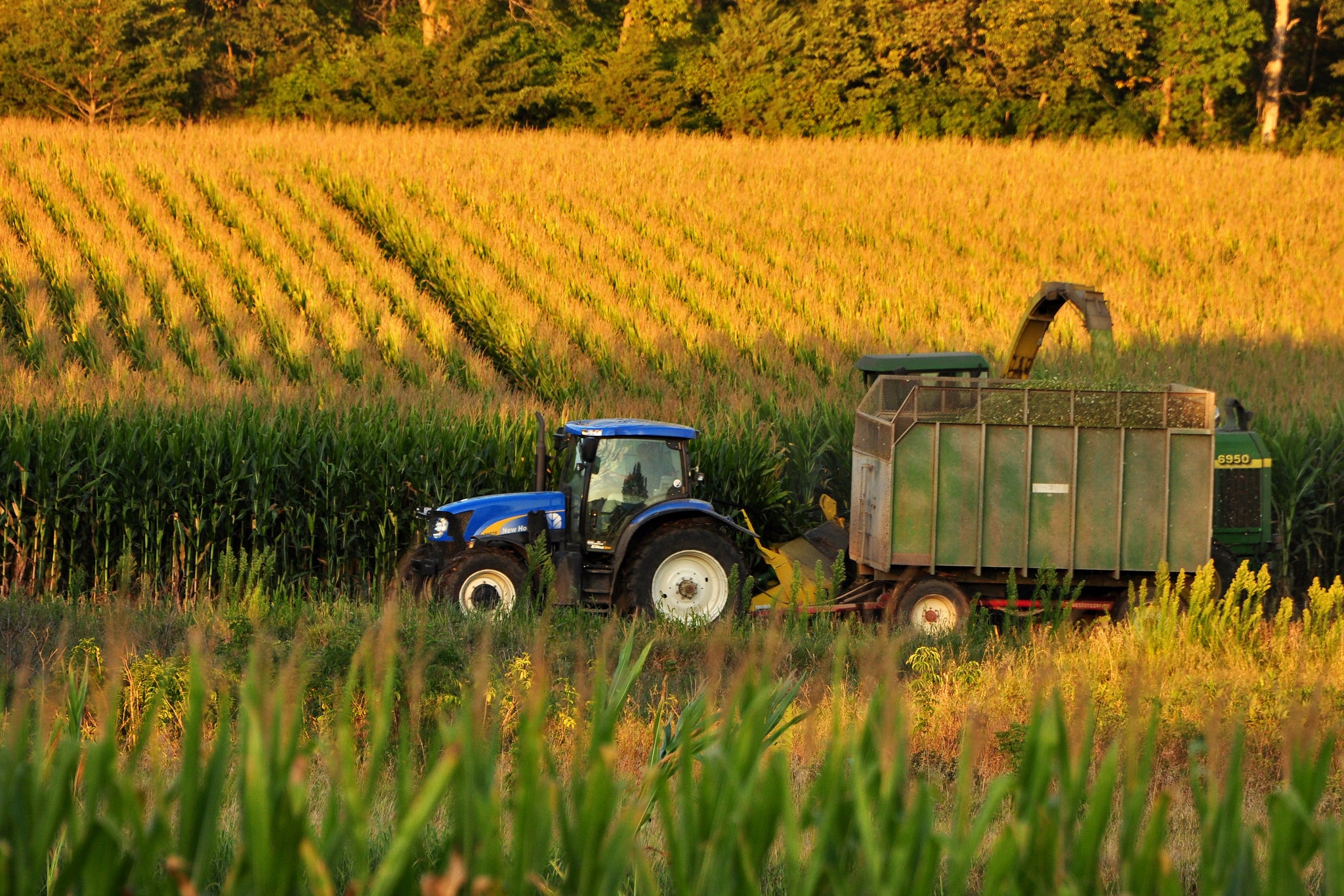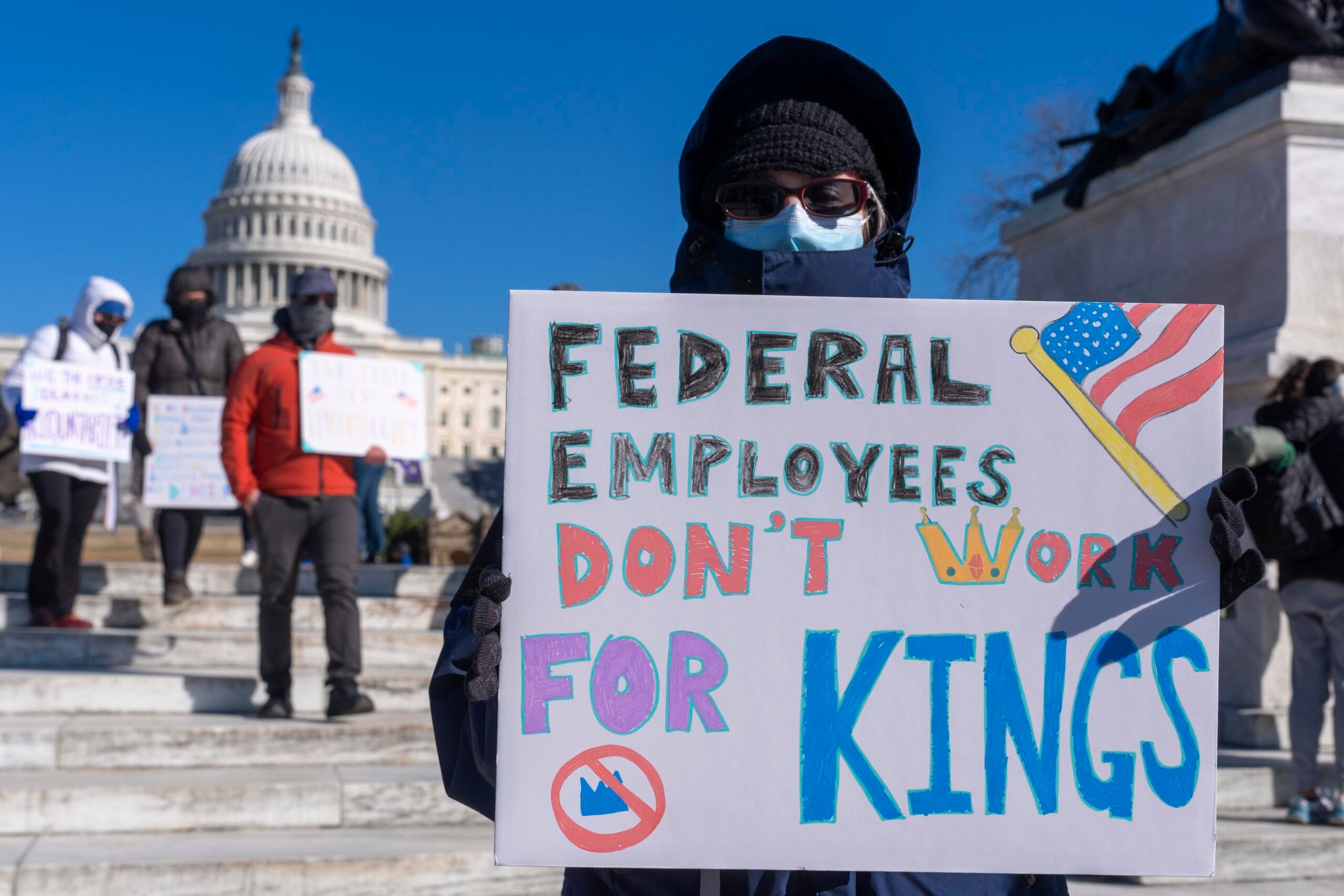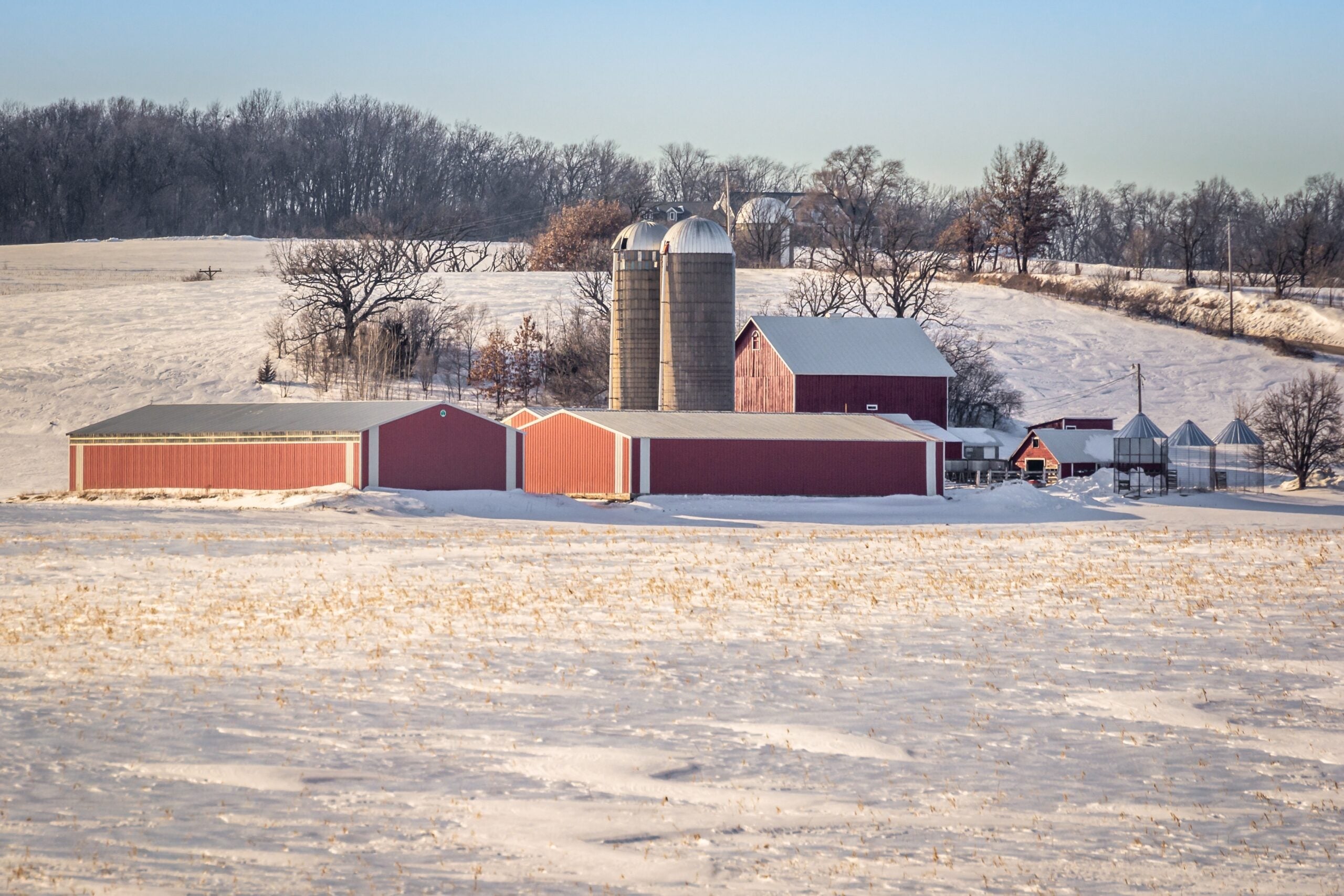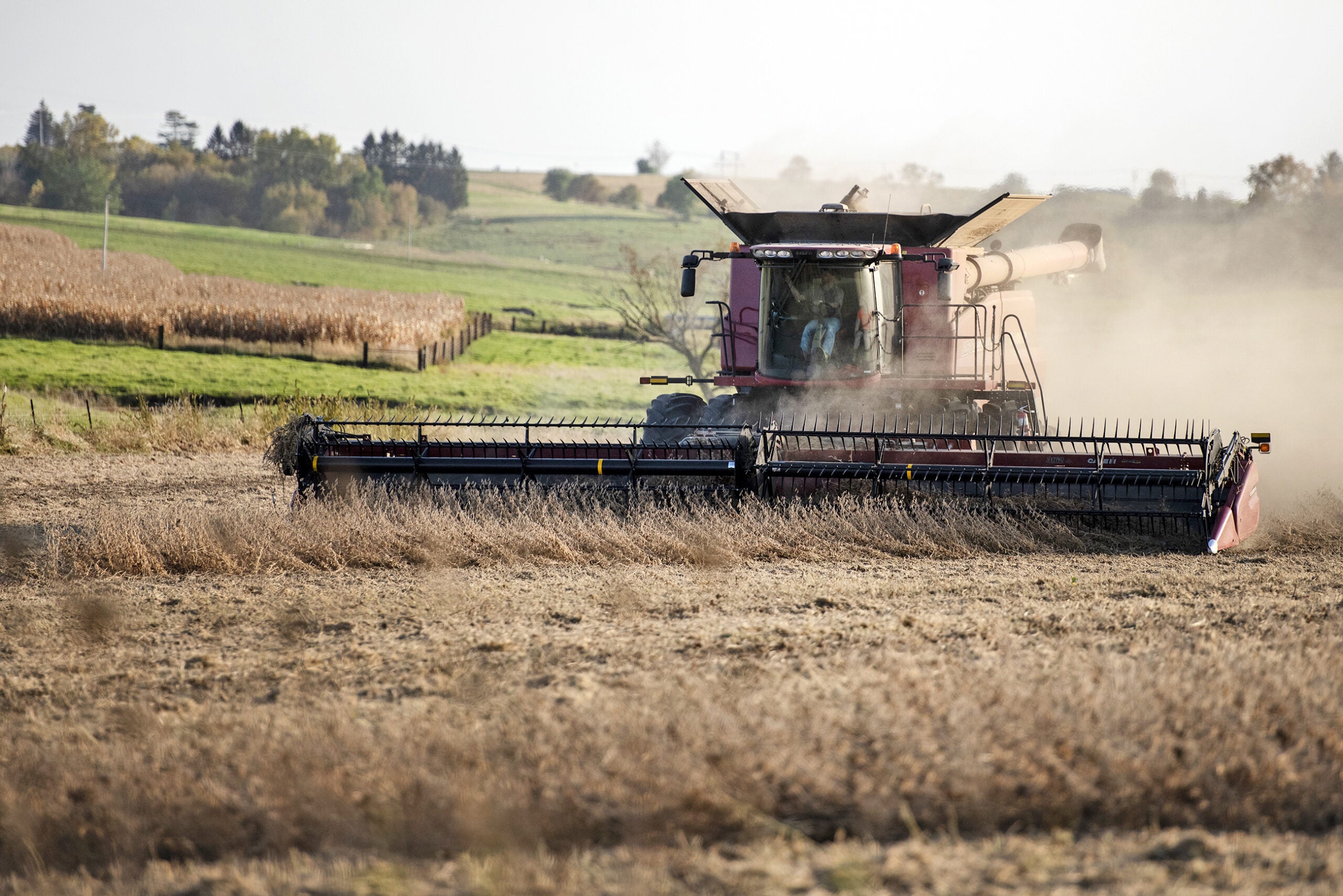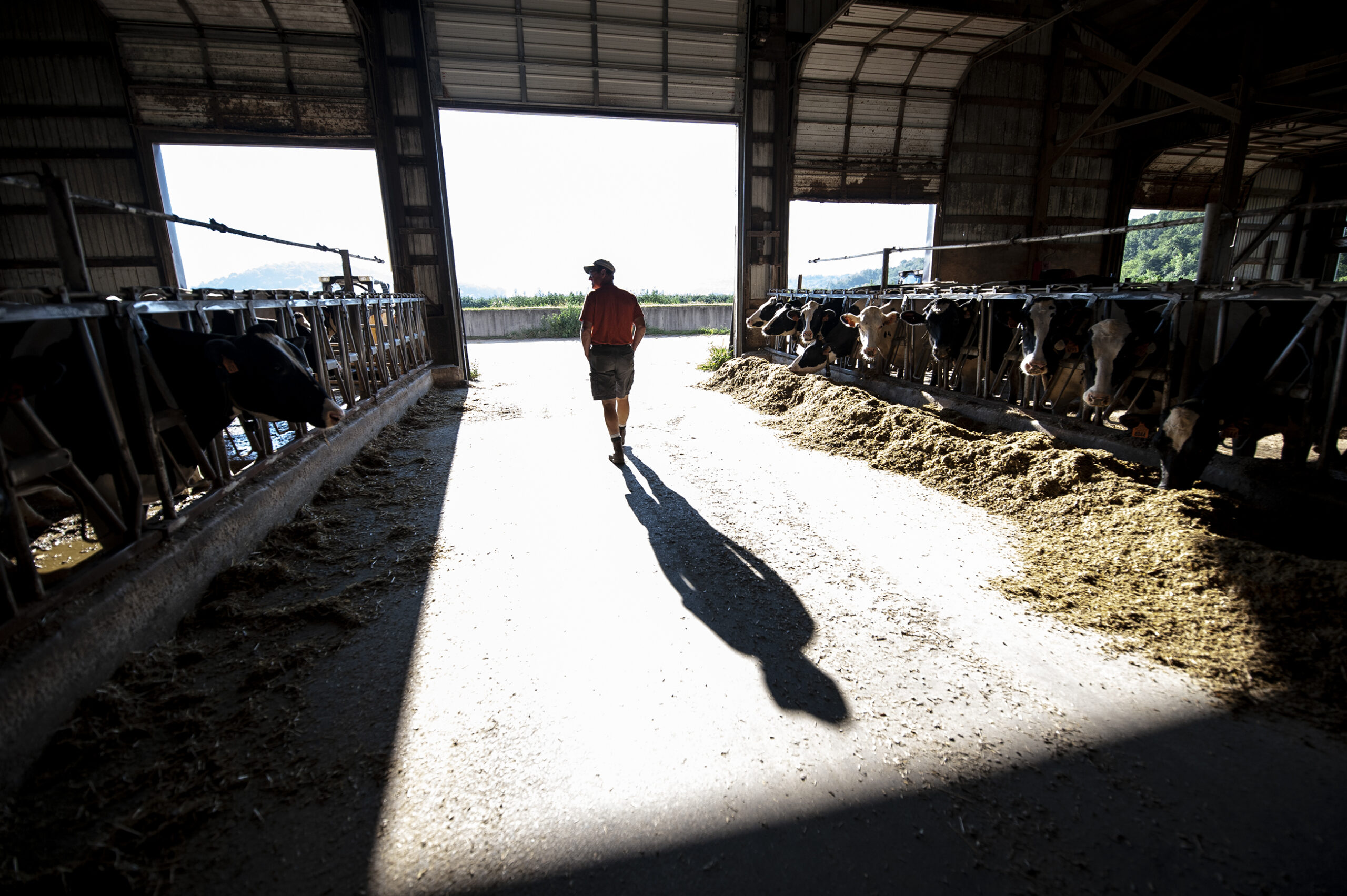With new direct payments available to farmers in response to COVID-19, Wisconsin agriculture economists project more than 40 percent of net farm income will come from federal government payments in 2020.
The Trump administration announced last week that $14 billion would be added to the Coronavirus Food Assistance Program (CFAP), which provides direct payments to farmers affected by market disruptions during the pandemic.
Paul Mitchell, director of the Renk Agribusiness Institute at the University of Wisconsin-Madison, said farmers were already expected to receive $37.2 billion in direct government payments this year, according to projections from the U.S. Department of Agriculture.
Stay informed on the latest news
Sign up for WPR’s email newsletter.
Much of that money comes from the $16 billion initially allocated to CFAP and from the Paycheck Protection Program, which was also created in response to the pandemic.
Mitchell said adding the new CFAP money to current projections means direct government payments would make up just under 44 percent of net farm income nationally for 2020. That’s double what direct payments represent during the average year.
“When you have this much subsidization, is it distorting the market away from sort of more efficient allocations of things? That’s the concern here,” Mitchell said. “This would put (net farm income) above the 20-year average with these payments … So they’re pouring money into these programs, into farmers’ income.”
[[{“fid”:”1346606″,”view_mode”:”full_width”,”fields”:{“format”:”full_width”,”alignment”:””,”field_image_caption[und][0][value]”:”%3Cp%3E%3Cem%3EChart%20courtesy%20of%20%3Cspan%20id%3D%22docs-internal-guid-a81831c2-7fff-7da3-e0c7-6345529fc904%22%3EPaul%20Mitchell%20%2F%20%3Ca%20href%3D%22https%3A%2F%2Fwww.ers.usda.gov%2Fdata-products%2Ffarm-income-and-wealth-statistics%2Fdata-files-us-and-state-level-farm-income-and-wealth-statistics%2F%22%3EData%20via%20the%20USDA%20Economic%20Research%20Service%3C%2Fa%3E%3C%2Fspan%3E%3C%2Fem%3E%3C%2Fp%3E%0A”,”field_image_caption[und][0][format]”:”full_html”,”field_file_image_alt_text[und][0][value]”:”farmer income chart”,”field_file_image_title_text[und][0][value]”:”farmer income chart”},”type”:”media”,”field_deltas”:{“1”:{“format”:”full_width”,”alignment”:””,”field_image_caption[und][0][value]”:”%3Cp%3E%3Cem%3EChart%20courtesy%20of%20%3Cspan%20id%3D%22docs-internal-guid-a81831c2-7fff-7da3-e0c7-6345529fc904%22%3EPaul%20Mitchell%20%2F%20%3Ca%20href%3D%22https%3A%2F%2Fwww.ers.usda.gov%2Fdata-products%2Ffarm-income-and-wealth-statistics%2Fdata-files-us-and-state-level-farm-income-and-wealth-statistics%2F%22%3EData%20via%20the%20USDA%20Economic%20Research%20Service%3C%2Fa%3E%3C%2Fspan%3E%3C%2Fem%3E%3C%2Fp%3E%0A”,”field_image_caption[und][0][format]”:”full_html”,”field_file_image_alt_text[und][0][value]”:”farmer income chart”,”field_file_image_title_text[und][0][value]”:”farmer income chart”}},”link_text”:false,”attributes”:{“alt”:”farmer income chart”,”title”:”farmer income chart”,”class”:”media-element file-full-width”,”data-delta”:”1″}}]]
But Mitchell said that doesn’t mean farmers will be bringing in large profits this year. He said the impact of the pandemic on commodity prices comes after several years of poor markets across the industry.
“I think people don’t quite understand how tight the farm economy has been for the last three, four years for a lot of farmers. So that’s the source or the motivation for some of these payments, besides trade disruptions and the pandemic. But still it’s unusual to see this much money,” Mitchell said.
Aimee Schomburg teaches farm business and production management at Western Technical College in La Crosse and helped several farmers apply for the first round of CFAP funding. She said the payments have helped producers pay down their debts.
“They can try to keep paying their bills and help, actually, rural communities survive because none of their vendors want to be the lender either. Money came out and I don’t think anybody’s sitting on it. It all went to pay bills,” Schomburg said.
Schomburg said the new CFAP money could help farmers be in a better financial position then they were at the start of the year. But she said many producers are bracing for the impact of another shutdown of restaurants or processing plants because of COVID-19.
Wisconsin Public Radio, © Copyright 2025, Board of Regents of the University of Wisconsin System and Wisconsin Educational Communications Board.
